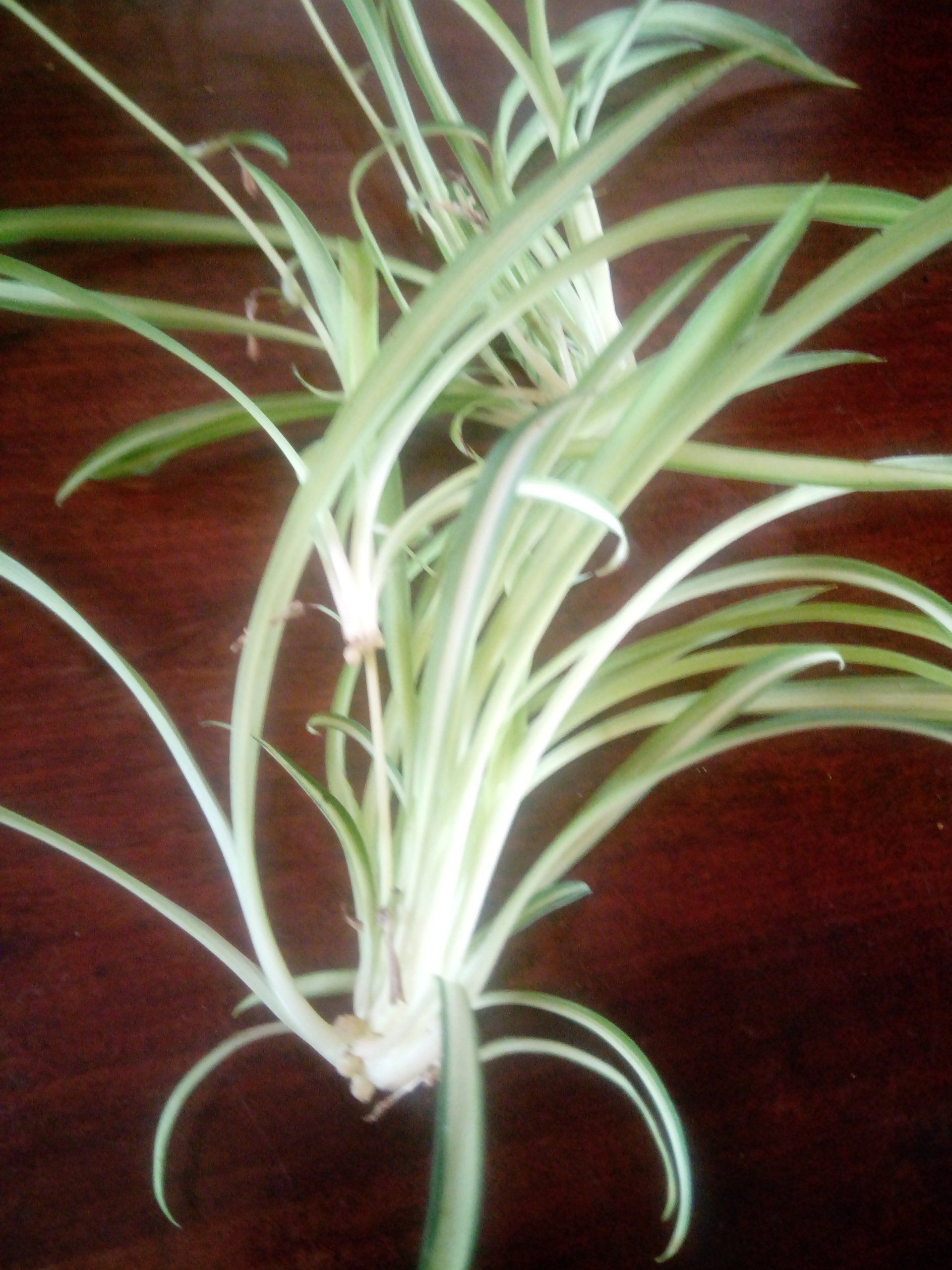Chlorophytum - A Natural Air Purifier
Chlorophytum (Spider Plant) - A Natural Air Purifier
The Chlorophytum or spider plant is an easy to grow houseplant with surprising health benefits. Its arching stems can be green or variegated (two colours). The variegated versions are the most common and can either have white edges with green insides or green edges with white insides. Chlorophytum grow miniature versions of themselves off wiry stems in spring and summer, which not only adds to the grace of these plants, it provides a ready supply of new plants for you to grow on or give to friends and neighbours.
Health Benefits of Chlorophytum
Spider plants help purify the air by removing harmful pollutants. NASA studies proved they removed formaldehyde, xylene and toluene. Formaldehyde can be found in building materials and composite wood floors and furniture. Toluene and xylene are found in lacquer finishes and paint thinners. Dr. Wolverton, the scientist behind the NASA study recommends at least two decent sized plants per 100 square feet. Although the more you have the better the result. You don't have to have loads of Chlorophytum though as there are a number of houseplants that can purify the air. A list of the top 10 best air purifying plants can be found here.
How to Care for Chlorophytum
Spider plants are easy to grow and will succeed in a range of positions from bright light to shade (but avoid direct sunlight). The brighter the position the more baby plants they will produce. Chlorophytum will cope with some drought as the have fleshy roots but should be watered regularly in spring and summer. In winter water sparingly allowing the compost to dry out between waterings. Feed every month in spring and summer with a houseplant fertiliser.
The baby plants can be grown on to produce more plants that are copies of its parent. The easiest way to do this is to peg the plantlets into 9 cm pots of multipurpose compost. You can use a paperclip bent into a loop to peg them down. In a few weeks they will have produced roots and you can cut them loose from the parent plant.




